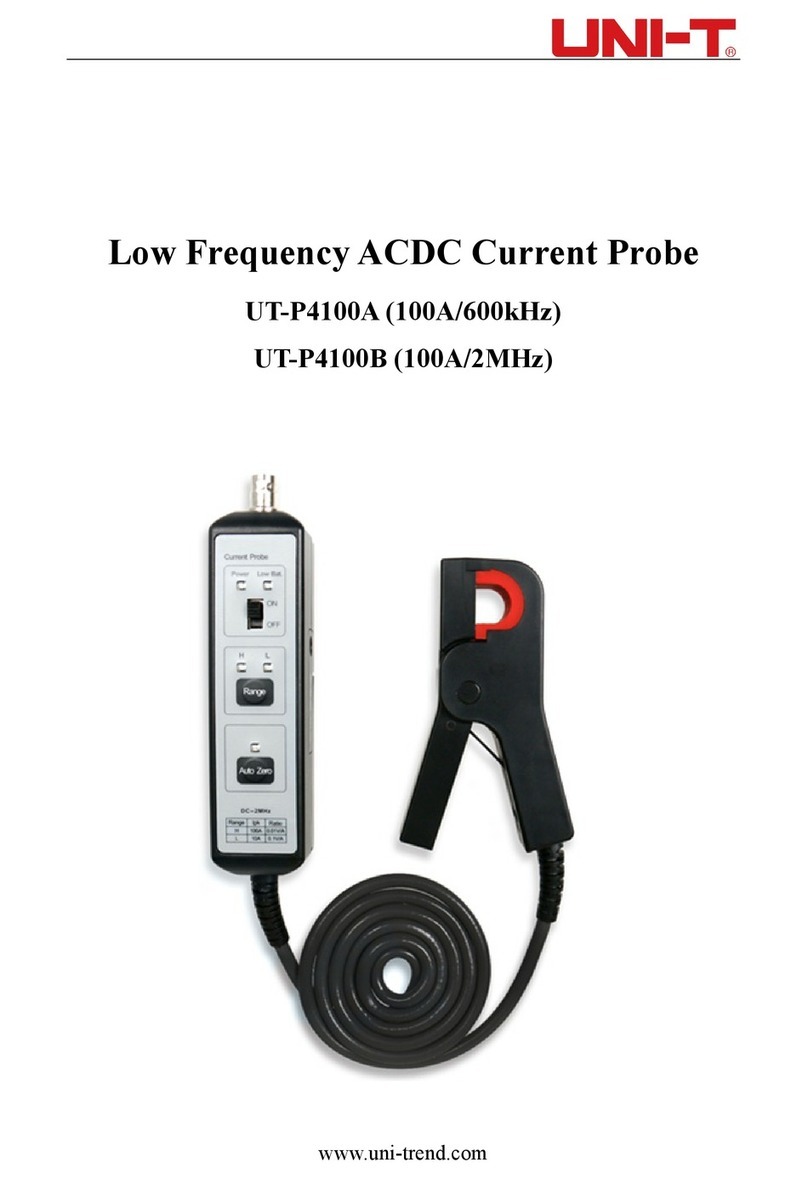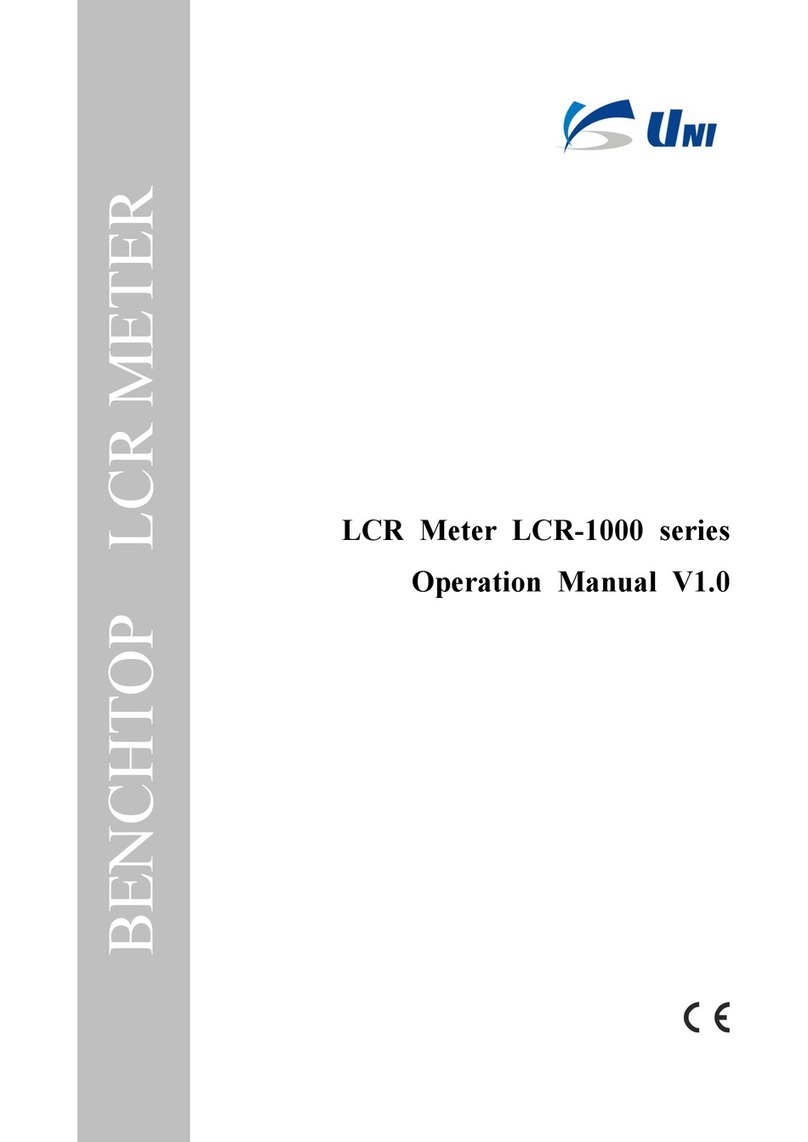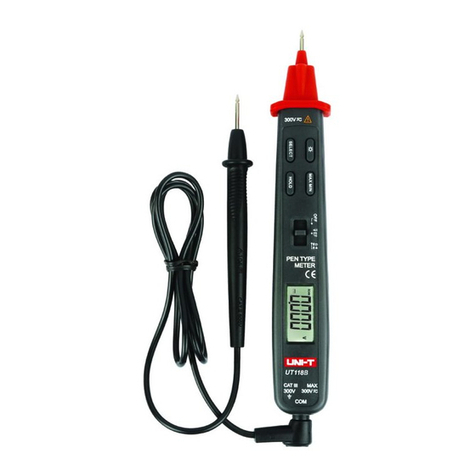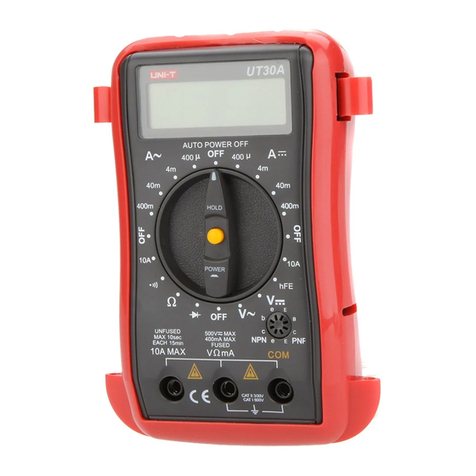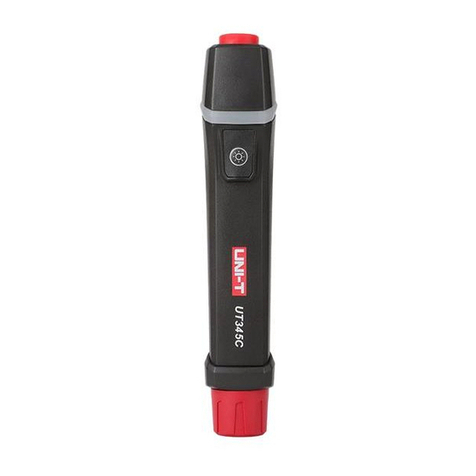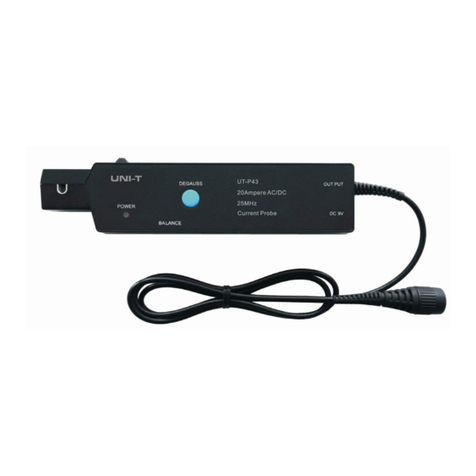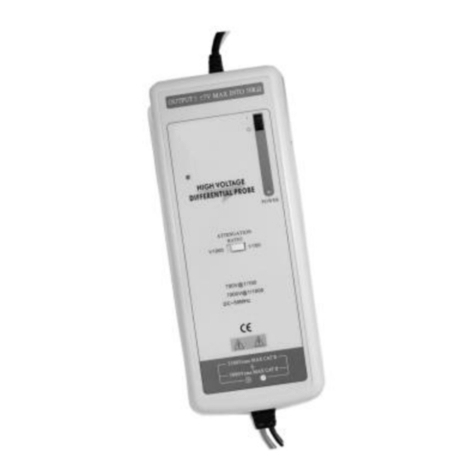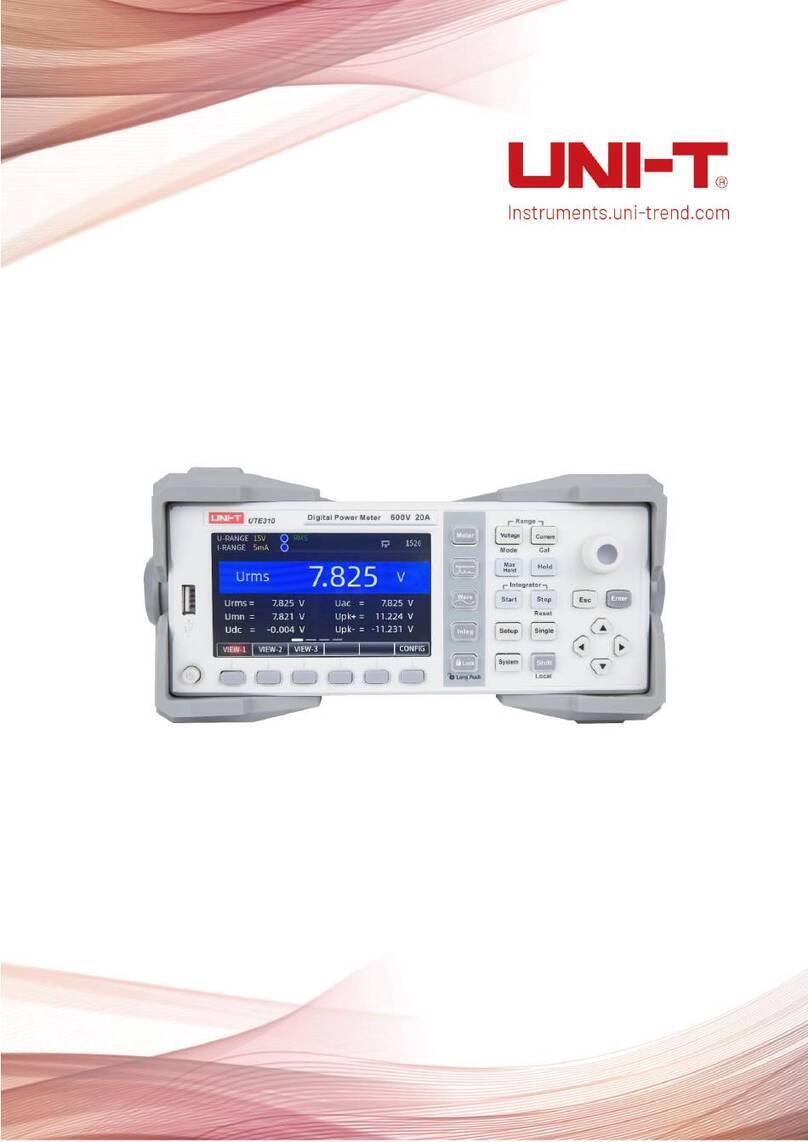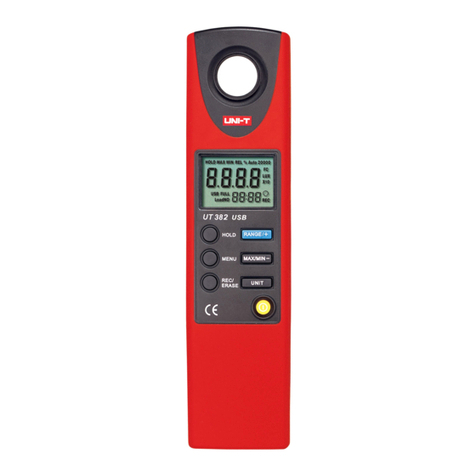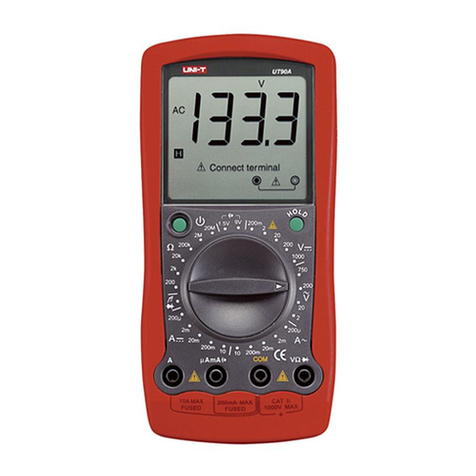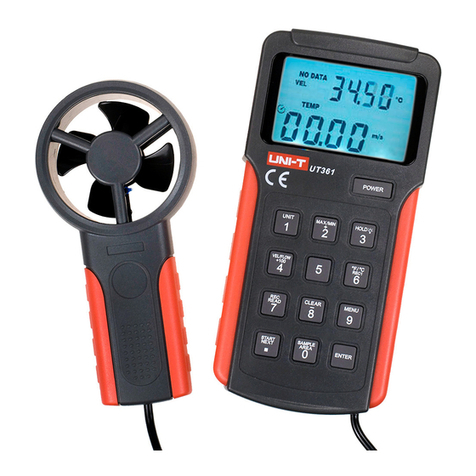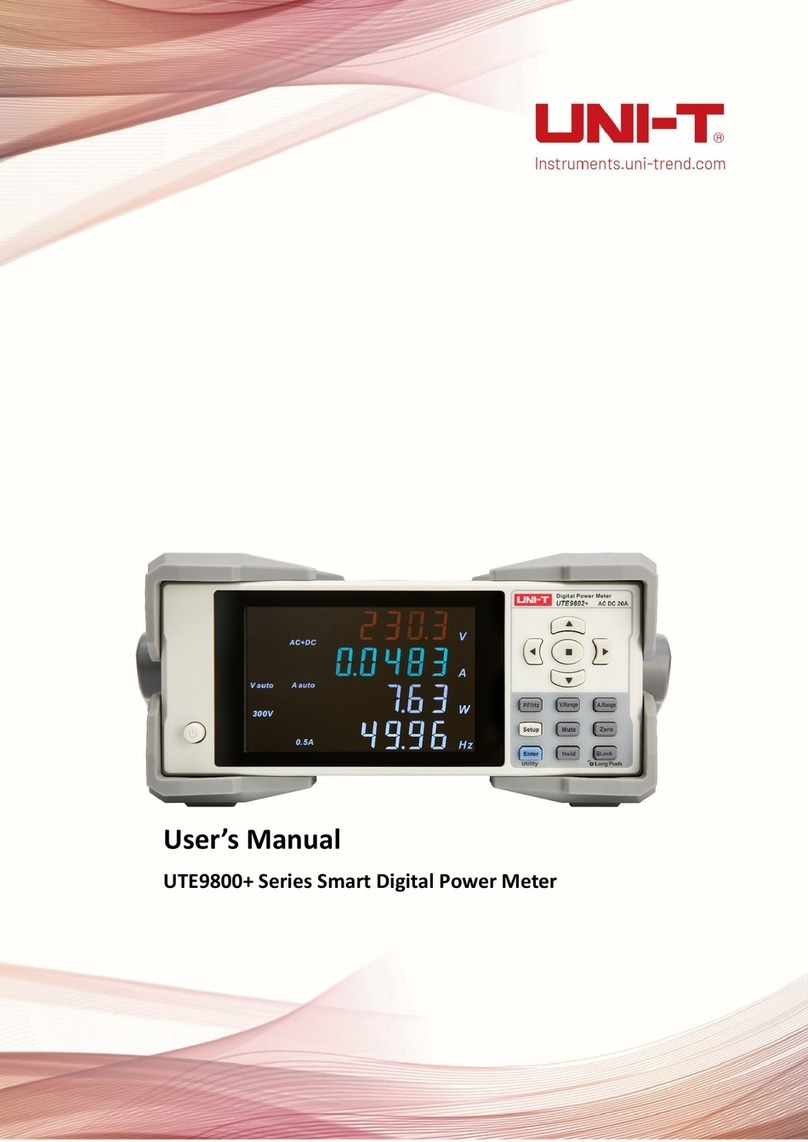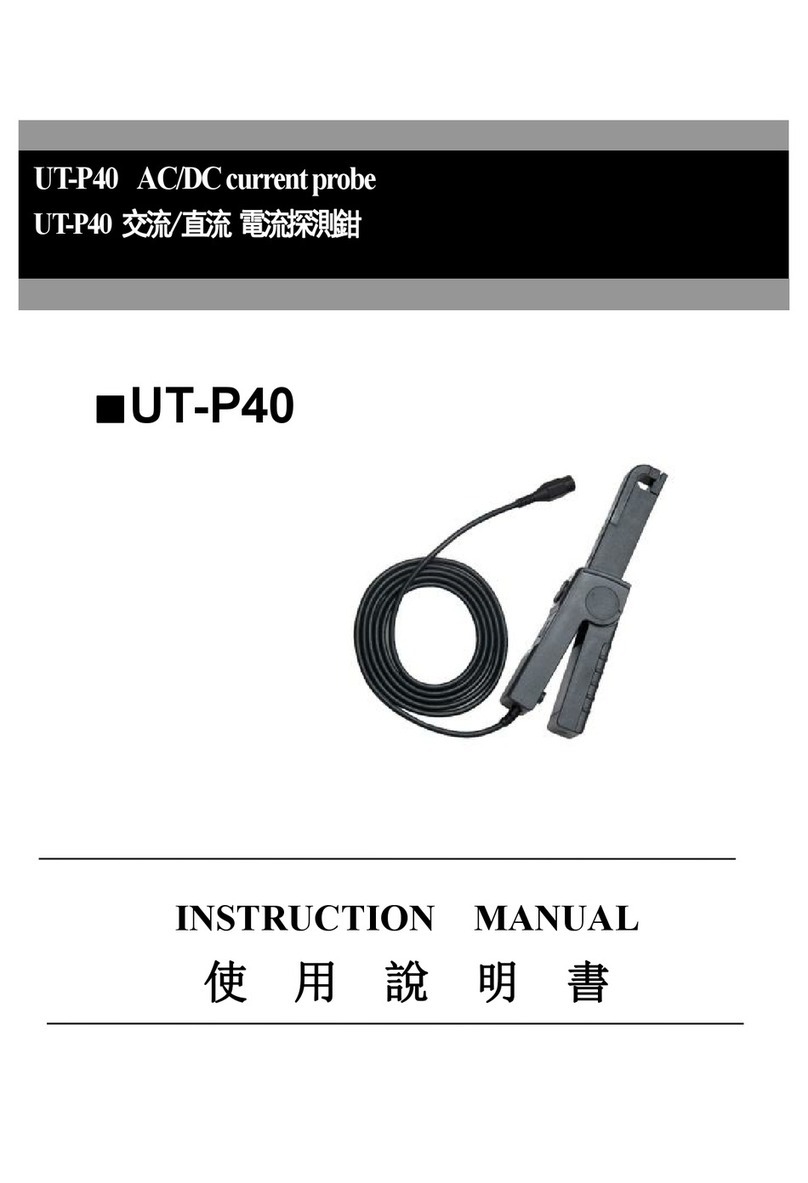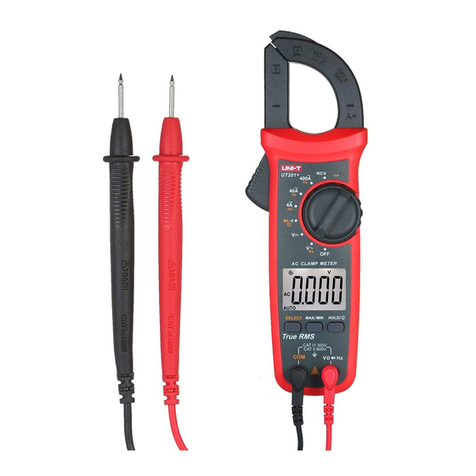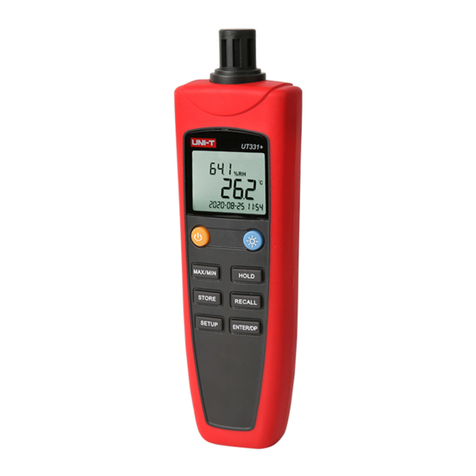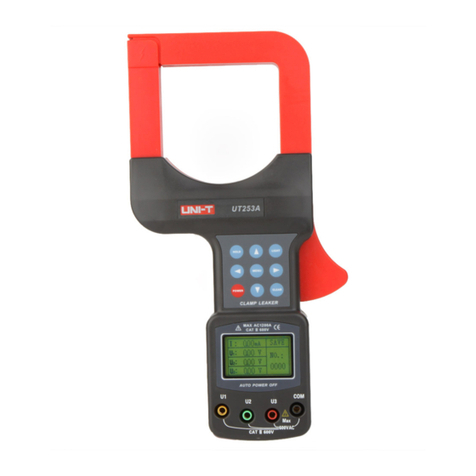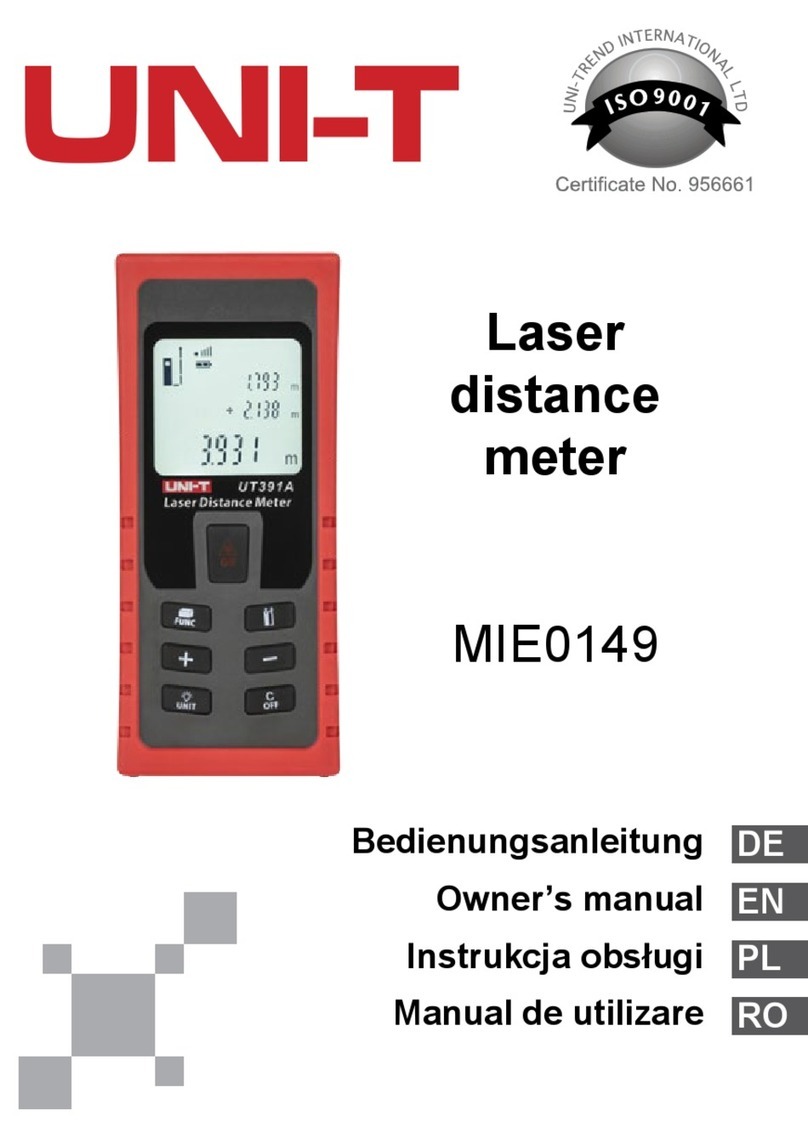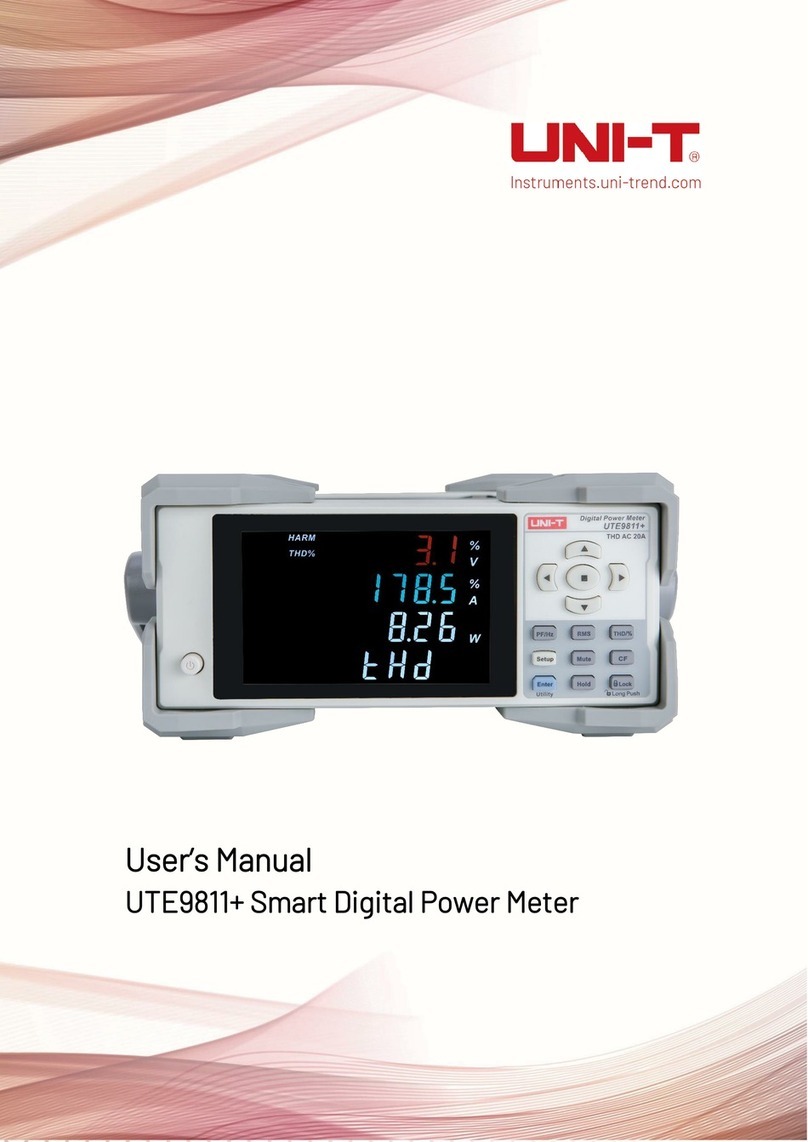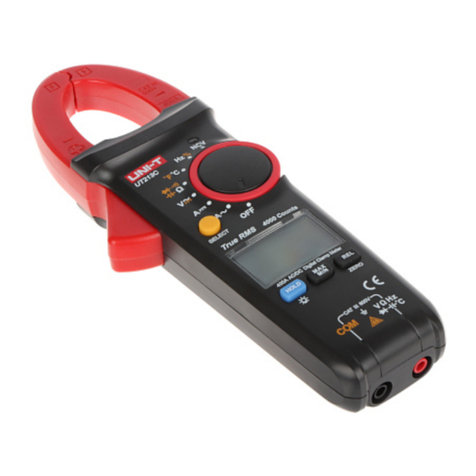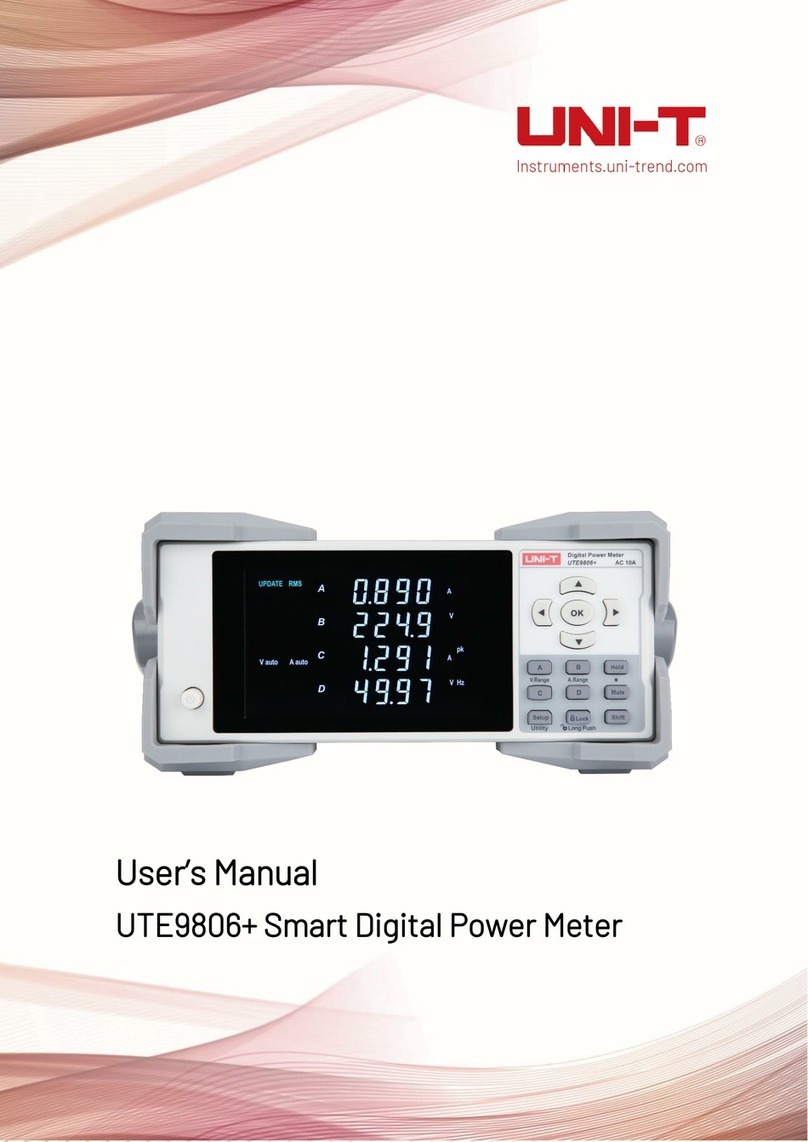
Programable DC Electronic Load User Manual
7
4.3.3 Ripple Measurement..................................................................................41
4.3.4 Input Control...............................................................................................42
4.4 Waveform .............................................................................................................42
4.5 Trigger Method .....................................................................................................43
4.6 Sense....................................................................................................................43
4.7 Screenshot ...........................................................................................................43
4.8 Saving and Applying of Configuration ..................................................................44
5. Fast Charge Test (UTL8511C).......................................................................................44
5.1 QC2.0 Test............................................................................................................44
5.2 QC3.0 Test............................................................................................................47
5.3 QC4.0 Test............................................................................................................49
5.4 PD2.0/3.0 Test ......................................................................................................52
5.5 PE2.0 Test ............................................................................................................54
5.6 DPDN Test............................................................................................................56
5.7 Fast Charge Setting .............................................................................................58
6. System Configuration Page...........................................................................................59
6.1 System Configuration ...........................................................................................59
6.1.1 Language ...................................................................................................60
6.1.2 Key Sound..................................................................................................60
6.1.3 Date............................................................................................................61
6.1.4 Warn Sound ...............................................................................................61
6.1.5 Time............................................................................................................61
6.1.6 DIM Display................................................................................................61
6.1.7 Initial Mode .................................................................................................61
6.1.8 Knob Active ................................................................................................62
6.1.9 Communication Setting..............................................................................62
6.1.10 Restore Factory Setting ...........................................................................62
6.2 Parameter Setting.................................................................................................63
6.2.1 Run Time....................................................................................................64
6.2.2 Delay On ....................................................................................................65
6.2.3 V Trigger.....................................................................................................65
6.2.4 OVP............................................................................................................65
6.2.5 Digit Filt ......................................................................................................65
6.2.6 Ripple .........................................................................................................65
6.2.7 VPP Limit....................................................................................................66
6.2.8 I Rise/Fall ...................................................................................................66
6.2.9 V Rise/Fall..................................................................................................66
6.2.10 Power Type ..............................................................................................66
6.3 File ........................................................................................................................66
6.4 Instrument Info......................................................................................................67
6.5 Local/Remote .......................................................................................................67
7. Communication Interface and Terminal.........................................................................68
7.1 RS-232C...............................................................................................................68
7.2 Current Monitor (I Monitor)...................................................................................69












